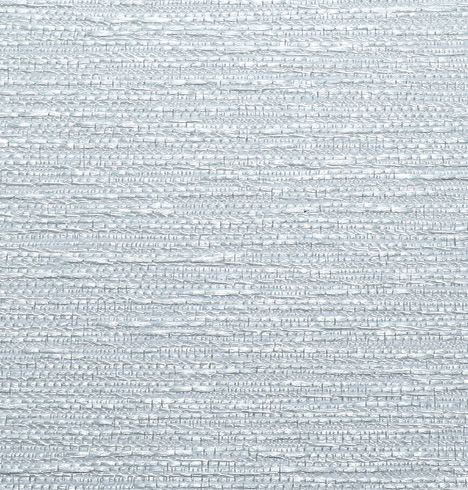The cleaning and maintenance of blackout roller blind fabrics versus light-filtering fabrics involve different considerations due to their distinct properties and functions. Here’s a comparison of the two:
Blackout Roller Blind Fabrics
1. Material and Coatings
Dense Materials: Blackout fabrics are typically made from thicker, denser materials that block light completely. These materials may include additional coatings or layers to enhance light-blocking capabilities.
Cleaning Challenges: The dense nature and coatings can sometimes make these fabrics less flexible and more prone to accumulating dust or stains, especially if the coatings are not specifically treated for easy cleaning.
2. Cleaning Methods
Spot Cleaning: Blackout fabrics often require spot cleaning to address stains or spills. This is due to their less porous nature, which can make deep cleaning more challenging.
Avoiding Soaking: It's important to avoid soaking blackout fabrics, as excess moisture can damage the coatings or affect the fabric’s light-blocking performance.
3. Maintenance
Dusting: Regular dusting with a soft brush or vacuum with a brush attachment can help keep blackout blinds clean and free of dust.
Professional Cleaning: For deeper cleaning, professional services might be recommended to avoid damaging the fabric or coatings.
Light-Filtering Roller Blind Fabrics
1. Material and Coatings
Thinner Materials: Light-filtering fabrics are usually made from thinner, more breathable materials that allow some light to pass through while providing privacy.
Easier to Clean: These fabrics are generally more forgiving when it comes to cleaning because they lack the heavy coatings found in blackout materials.

2. Cleaning Methods
General Washing: Light-filtering fabrics can often be more easily cleaned with general washing methods, including spot cleaning, machine washing (if the fabric permits), or gentle hand washing.
Regular Maintenance: They may be more prone to showing dust and dirt but are generally easier to clean on a regular basis compared to blackout fabrics.
3. Maintenance
Routine Cleaning: Light-filtering fabrics can be maintained with regular vacuuming or dusting, and they often tolerate light washing or wiping without issues.
Less Need for Professional Cleaning: Due to their lighter construction and lack of heavy coatings, light-filtering fabrics typically require less professional cleaning and are more manageable for routine home care.
Key Differences
Material Density: Blackout fabrics are thicker and denser, making them harder to clean and maintain compared to the lighter, more breathable light-filtering fabrics.
Coatings and Treatments: Blackout fabrics often have special coatings that require careful cleaning to avoid damage, while light-filtering fabrics are usually easier to clean and less affected by moisture.
Cleaning Techniques: Blackout fabrics benefit from spot cleaning and less frequent deep cleaning, while light-filtering fabrics can often handle more thorough washing and regular maintenance.
In summary, the choice between blackout and light-filtering roller blind fabrics affects cleaning and maintenance approaches. Blackout fabrics require more careful handling and specialized cleaning methods, while light-filtering fabrics are generally easier to clean and maintain on a regular basis.

 中文简体
中文简体 英语
英语 西班牙语
西班牙语







